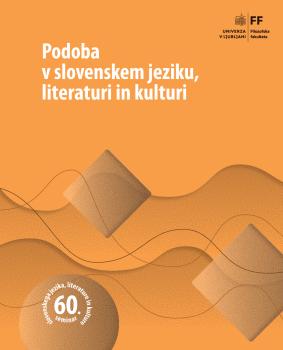Vloga bakrorezov v Valvasorjevih knjigah: Od knjižne ilustracije do podobe kot avtonomnega nosilca sporočila
Synopsis
Based on two of Valvasor’s books, Die Ehre deß Hertzogthums Crain (The Glory of the Duchy of Carniola) and Theatrum mortis humanae tripartitum (The Theater of Human Death in Three Parts), this article presents the various roles of copperplate engravings in relation to the text. Research on Valvasor’s works within the European context shows that the Carniolan polymath followed the perception of the function of art elements in early modern printed works, in which the relationship between a word and an image can be very complex. In The Glory, the copperplate engravings largely play the role of historical or topographic illustrations, whereas in The Theater the combination of text and image formally comes close to a Renaissance emblem. It even turns out that elements that seem to only have an ornamental function at first glance, such as the decorative edges of images, are actually well-devised art creations with an autonomous allegorical message. Alongside plants and animals, which have hidden symbolic meanings, the edges feature miniature compositions of a narrative character, which most often relates to the tradition of Aesop’s fables and early modern emblems.
Downloads
Pages
Published
License

This work is licensed under a Creative Commons Attribution-ShareAlike 4.0 International License.


